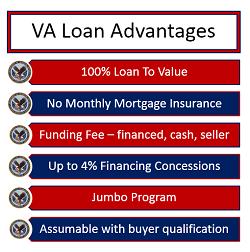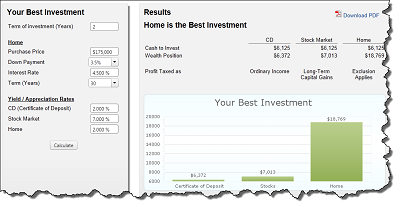Which Filter to Use?
A dirty air filter decreases the effectiveness of your HVAC system because it inhibits airflow and allows dirt, dust, pollen and other materials to blow through the system.
The challenge is how often it should be changed to keep the system working efficiently and extend the equipment life. Too often and you’re wasting money and not often enough and your increasing the operating and maintenance costs.
Fiberglass panel filters are inexpensive and easy to find but they’re not very efficient and they allow most dust to pass through. They were popular years ago but there are much better products available currently.
Pleated air filters are available in MERV ratings from 5 to 12. As these filters collect dirt and other particles, they become less efficient to the point of impacting air flow. Allergy sufferers can benefit from this type of filter. These should be changed every two to three months based on local conditions.
HEPA filters stand for High Efficiency Particulate Arrestance. They are very efficient and more expensive than previously described filters. Since they are very efficient, they require changing more frequently; possibly, every month.
Electrostatic air filters are permanent and washable. They generally cost more initially but the savings will be based on how long they last. This type does not add to landfill issues or produce ozone.
Improperly maintained filters will lower the quality of the air in the home, have a negative impact on air flow, cause it to use more electricity and eventually require maintenance to the systems.
In an attempt to easily compare filters, a rating system was created called MERV, an acronym for Minimum Efficiency Reporting Value. The rating from 1 to 16 indicates the efficiency of a filter based on standards set by ASHRAE. Higher ratings indicate a greater percentage of particles are being captured in the filter.
To create a system to remind you when to change your filters, set a reminder on your electronic calendar to recur for whatever frequency you determine is best for you. Be sure to keep a supply of filters on hand to be ready to change them out when the time comes.









